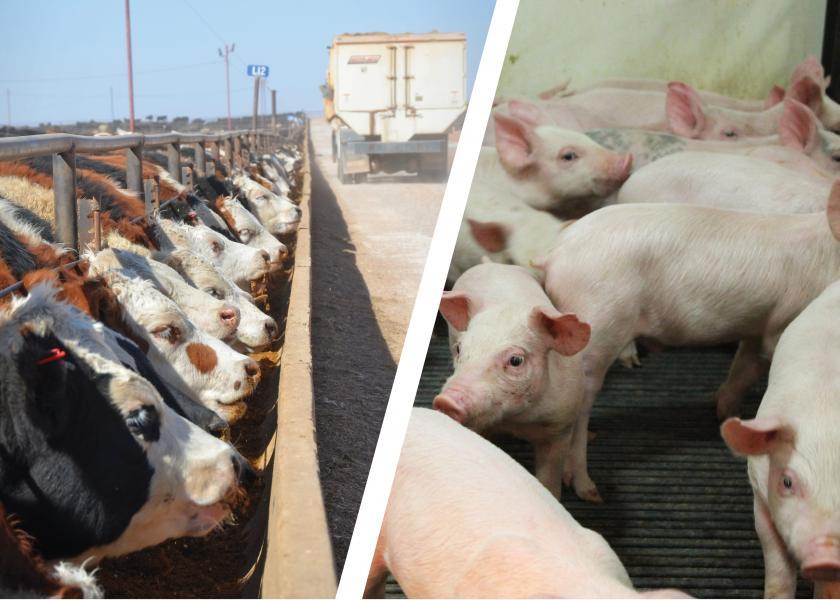Profit Tracker: All Eyes On The Packer

In the face of tightening supplies and a rally in wholesale beef prices, packers have played their hand astutely, reducing slaughter numbers and their spot market needs. The result is a cash market stepping lower each week and packer margins improving. Over the next couple months beef demand will peak seasonally and cattle supplies will increase, leaving anxious cowboys to watch if packers continue their squeeze on throughput.
Cash cattle prices were lower for the third consecutive week with an average of $178.05 per cwt, down $1.82 per cwt. Wholesale beef prices moved higher for the sixth consecutive week to close at $306.67 per cwt. Average cattle feeding margins fell $24 per head to a profit of $370, according to the Sterling Beef Profit Tracker.
Beef packers, meanwhile, found average profits of about $63 per head, a gain of $52 per head from the previous week. Packer margins a year ago were estimated at $180 per head.
Wholesale beef prices improved $2.27 per cwt., which is a gain of $19.73 over three weeks. The Beef and Pork Profit Trackers are calculated by Sterling Marketing, Vale, Oregon.
Cattle sold last week carried a total feed cost of $590 per head, up $8 per head from the previous week, but 22% higher than the $459 feed costs for cattle sold the same week a year ago.
Cattle marketed last week had a breakeven of $151.63 per cwt., while cattle placed on feed last week have a breakeven of $162.49 per cwt. Cattle placed last week are calculated to have a purchase price for 750-800 lb. feeder steers at $202.61 per cwt., and feed costs of $510 per head. The feeder steer price is 21% higher than last year.
The estimated total cost for finishing a steer last week was $2,122 per head, up 17% from last year’s estimate of $1,770 per head.
Fed cattle slaughter totaled an estimated 484,840 head, about 1564 head fewer than the previous week and 24,709 fewer than the same week last year. Packing plant capacity utilization was estimated at 84.6% compared to 88.9% last year.
Farrow-to-finish hog producers saw losses of $25 per head last week, about $7 per head less than the previous week. Pork producers saw profits of $73 per head the same week a year ago. Lean carcass prices averaged $73.69 per cwt., an increase of $3.44 per cwt. from the previous week.
Pork packers found profits of about $2.50 per head last week, down $6 from the previous week. Last year pork packers were losing about $20 per head. Hog slaughter was estimated at 2.387 million head, down 67,000 head from the previous week and up 21,000 head from last year.
Pork packer capacity utilization was estimated at 88.0% compared to 85.6% last year.
(Note: The Sterling Beef Profit Tracker calculates an average beef cutout value for the week in its estimates for feedyard and packer margins. Other prices in the weekly Profit Tracker also are calculated weekly averages. Feedyard margins are calculated on a cash basis only with no adjustment for risk management practices. The Beef and Pork Profit Trackers are intended only as a benchmark for the average cash costs of feeding cattle and hogs. Sterling Marketing is a private, independent beef and pork consulting firm not associated with any packing company or livestock feeding enterprise.)







